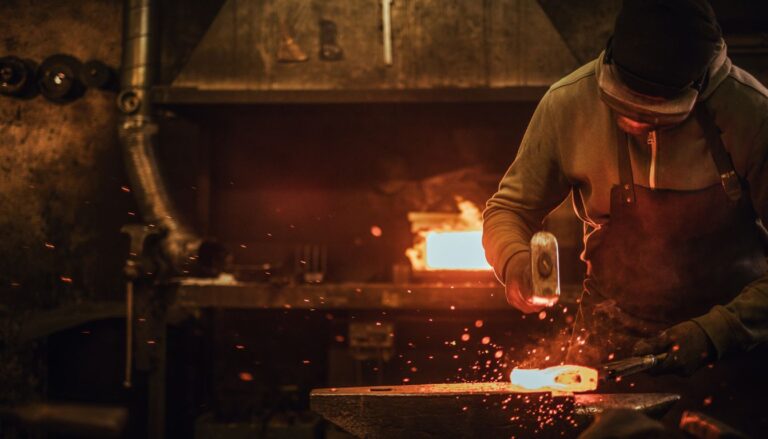Evora, Portugal
Within ancient Roman walls, Évora stands as a perfectly preserved medieval town in Portugal’s sun-drenched Alentejo region. This UNESCO World Heritage site captivates visitors with its mysterious Chapel of Bones, Roman ruins, and Gothic splendor, all while maintaining the unhurried charm of traditional Portuguese life.
This guide reveals local secrets and cultural treasures, transforming your visit into a memorable journey.
Table of Contents
Best Places to Visit
Évora’s historic center offers a remarkable journey through time:
- Praça do Giraldo: Medieval main square and heart of city life
- Historic Center: Maze of whitewashed houses and cobblestone streets
- University of Évora: Historic institution with beautiful tiles
- Medieval Walls: Well-preserved fortifications
- Aqueduct: 16th-century engineering marvel with shops beneath
Must-Visit Cultural Landmarks
- Capela dos Ossos (Chapel of Bones): Haunting chapel decorated with human bones and skulls
- Roman Temple: Best-preserved Roman structure in Portugal
- Évora Cathedral: Magnificent blend of Romanesque and Gothic styles
- Church of São Francisco: Gothic-Manueline masterpiece
- Royal Palace: Medieval residence with stunning architecture
- Água de Prata Aqueduct: Renaissance engineering feat
- Museum of Évora: Rich collection of regional artifacts
Cultural Insights & Traditions
Évora preserves authentic Alentejo cultural heritage:
- Traditional Handicrafts: Cork products and pottery
- Alentejo Singing: UNESCO-recognized polyphonic tradition
- Local Gastronomy: Traditional slow-cooking methods
- Religious Heritage: Sacred art and ceremonies
- University Traditions: Academic customs since 1559
- Rural Culture: Agricultural traditions and customs
- Artisanal Skills: Tile-making and tapestry weaving
Top Cultural Experiences
- Join an Alentejo cooking workshop
- Learn traditional pottery making
- Experience polyphonic singing performances
- Take tile painting classes
- Participate in bread-making workshops
- Visit local artisan workshops
- Attend cultural festivals
- Join archaeological workshops
Best Time to Visit
- Spring (March to May): Perfect weather, Easter celebrations
- Fall (September to November): Harvest festivals, mild temperatures
- Winter (December to February): Fewer tourists, authentic atmosphere
- Summer (June to August): Cultural festivals, early morning exploration recommended
How to Get Around
- Walking: Best way to explore the compact historic center
- Local Buses: Connect to outer districts
- Bicycle Rentals: Great for city walls circuit
- Tuk-tuks: Tourist-friendly transport option
- Taxis: Available for longer distances
- Guided Tours: Comprehensive city exploration
Where to Stay
- Historic Center: Boutique hotels in heritage buildings
- Near Cathedral: Atmospheric guesthouses
- Outside Walls: Modern hotels with parking
- Converted Convents: Unique accommodation experience
- Rural Tourism: Traditional monte farms nearby
- Design Hotels: Contemporary comfort in historic settings
Best Places to Book Your Trip
Planning your dream trip is easy with trusted travel platforms. To secure the best deals on flights, accommodations, and tours, check out:
- Booking.com: Offers a wide range of hotels, apartments, and hostels to suit every budget.
- GetYourGuide: Book unforgettable experiences like guided tours, cooking classes, and fast-track passes.
- Expedia: A great platform for bundling flights, hotels, and car rentals for a seamless booking experience.
- Skyscanner: Perfect for finding the best deals on flights.
Pro Tips for Visitors
- Visit Chapel of Bones early morning
- Book guided tours for historic insights
- Learn basic Portuguese phrases
- Carry water during summer months
- Wear comfortable walking shoes
- Respect local siesta times
- Visit markets for authentic crafts
- Photography best during golden hour
- Consider seasonal festivals
- Book accommodations within walls
- Try regional pastries
- Explore early morning or evening
- Keep emergency numbers handy
Experience Évora’s timeless charm as you wander through centuries of Portuguese history. From mysterious chapels to Roman ruins, every corner tells a story of cultural richness and architectural beauty. This medieval jewel in Alentejo’s crown promises an authentic journey through Portugal’s golden ages.













